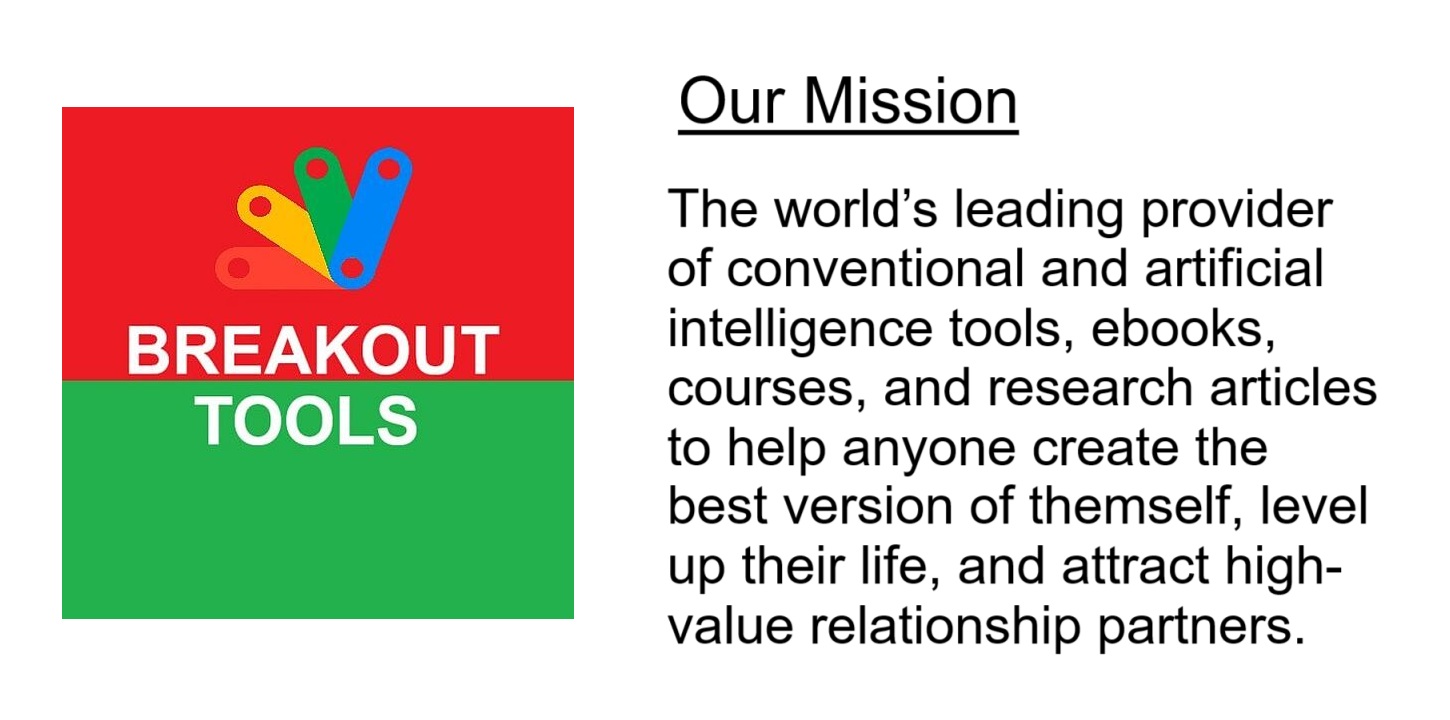For many, the concept of organization conjures images of meticulously labeled containers, color-coded calendars, and a pristine, clutter-free environment. However, for individuals with Attention-Deficit/Hyperactivity Disorder (ADHD), the path to organization can feel like navigating a labyrinth. While the challenges are undeniable, research-backed strategies and a shift in perspective can empower individuals with ADHD to not only manage their surroundings but also harness their unique strengths. This article will delve into practical, evidence-based approaches to organization tailored for the ADHD mind, moving beyond conventional methods to foster genuine, sustainable change.
Understanding the ADHD-Organization Connection
ADHD is characterized by difficulties with attention, impulsivity, and hyperactivity, all of which significantly impact executive functions – the cognitive skills responsible for planning, organizing, and managing tasks. These challenges manifest in various ways:
- Difficulty Prioritizing: Struggling to determine which tasks are most important, leading to overwhelm and procrastination.
- Poor Time Management: Underestimating how long tasks will take, missing deadlines, and struggling to adhere to schedules.
- Distractibility: Easily sidetracked by external stimuli or internal thoughts, making it difficult to maintain focus on organization efforts.
- Working Memory Deficits: Forgetting steps in a process, losing track of items, and struggling to hold information in mind.
- Emotional Dysregulation: Experiencing heightened frustration, impatience, and overwhelm when faced with organizational challenges.
Moving Beyond Conventional Methods
Traditional organization advice often falls short for individuals with ADHD because it fails to address the underlying cognitive and emotional factors. Instead of trying to force oneself into a rigid system, it’s essential to adopt strategies that work with the ADHD brain.
1. Embrace Visual Organization:
- “See-It-All” Approach: Prioritize open storage over closed containers. Clear bins, open shelves, and wall-mounted organizers allow for easy visual access to items, reducing the “out of sight, out of mind” phenomenon.
- Color-Coding: Use color to categorize and differentiate items. Assign different colors to specific tasks, projects, or categories of belongings. This visual cue can aid in quick identification and decision-making.
- Mind Mapping: Use visual diagrams to break down large tasks into smaller, more manageable steps. Mind maps can help organize thoughts, generate ideas, and identify potential roadblocks.
2. Prioritize Simplicity and Minimization:
- Declutter Ruthlessly: Regularly purge unnecessary items. The fewer possessions, the less to organize. Implement a “one in, one out” rule to prevent clutter from accumulating.
- Streamline Processes: Simplify routines and systems. Break down complex tasks into small, easily achievable steps. Automate tasks whenever possible.
- Digital Minimalism: Evaluate digital clutter, including unused apps, files, and email subscriptions. Unsubscribe from unnecessary emails and organize digital files into a clear and accessible folder structure.
3. Body Doubling and Accountability:
- Body Doubling: Work alongside someone else, even if they are not directly involved in the task. The presence of another person can provide focus, motivation, and accountability.
- Accountability Partners: Enlist a friend, family member, or coach to provide support and encouragement. Regularly check in to discuss progress, challenges, and strategies for staying on track.
- Join Support Groups: Connect with other individuals with ADHD to share experiences, learn new strategies, and build a sense of community.
4. Time Management Techniques Tailored for ADHD:
- Pomodoro Technique: Work in focused bursts of 25 minutes, followed by a short break. This technique can help maintain focus and prevent overwhelm.
- Time Blocking: Schedule specific blocks of time for particular tasks. This can help create structure and ensure that important tasks are prioritized.
- Use Visual Timers: Employ visual timers to track time and provide a sense of urgency. These timers can be particularly helpful for individuals who struggle with time blindness.
5. Leverage Technology and Apps:
- Task Management Apps: Utilize apps like Todoist, Trello, or Asana to create to-do lists, set deadlines, and track progress. The visual and organizational features of these apps can be highly beneficial.
- Note-Taking Apps: Employ apps like Evernote or OneNote to capture ideas, organize information, and create digital notebooks. These apps allow for quick and easy access to important information.
- Calendar Apps: Use calendar apps like Google Calendar or Outlook Calendar to schedule appointments, set reminders, and manage time. Color-coding and customizable alerts can enhance their effectiveness.
6. Cultivate Self-Compassion and Celebrate Small Wins:
- Challenge Negative Self-Talk: Recognize and challenge negative thoughts and self-criticism. Replace them with positive affirmations and self-compassionate statements.
- Focus on Progress, Not Perfection: Accept that perfection is unattainable and that progress is more important than flawlessness. Celebrate small wins and acknowledge efforts, even if the results are not perfect.
- Practice Self-Care: Prioritize activities that promote well-being, such as exercise, mindfulness, and spending time in nature. Taking care of oneself can improve focus, reduce stress, and enhance overall organizational abilities.
Current Trends and Innovations
The field of ADHD and organization is constantly evolving, with new research and technological advancements emerging regularly. Some of the current trends include:
- Personalized Approaches: Recognizing that there is no one-size-fits-all solution, professionals are increasingly focusing on tailoring organizational strategies to individual needs and preferences.
- Integration of Technology: New apps and digital tools are being developed to address specific challenges faced by individuals with ADHD, such as time management, task prioritization, and distraction management.
- Neurofeedback and Brain Training: Emerging research suggests that neurofeedback and brain training techniques may improve attention, focus, and executive function skills.
- Coaching and Support Services: ADHD coaches are becoming increasingly popular, providing personalized guidance, support, and accountability to individuals seeking to improve their organizational skills.
Conclusion
Organization for individuals with ADHD is not about achieving an unattainable ideal of perfection. It’s about developing strategies that work with the ADHD brain, creating systems that promote functionality, and cultivating self-compassion along the way. By embracing visual organization, prioritizing simplicity, leveraging technology, and seeking support, individuals with ADHD can unlock their potential, manage their surroundings, and thrive in a world that often feels inherently disorganized.









